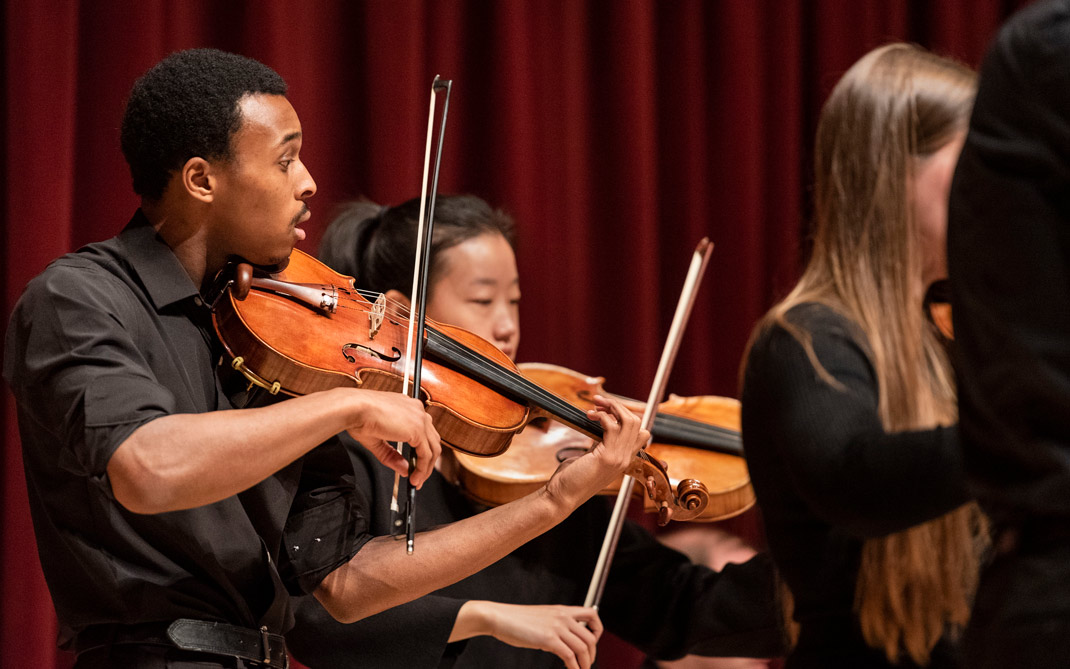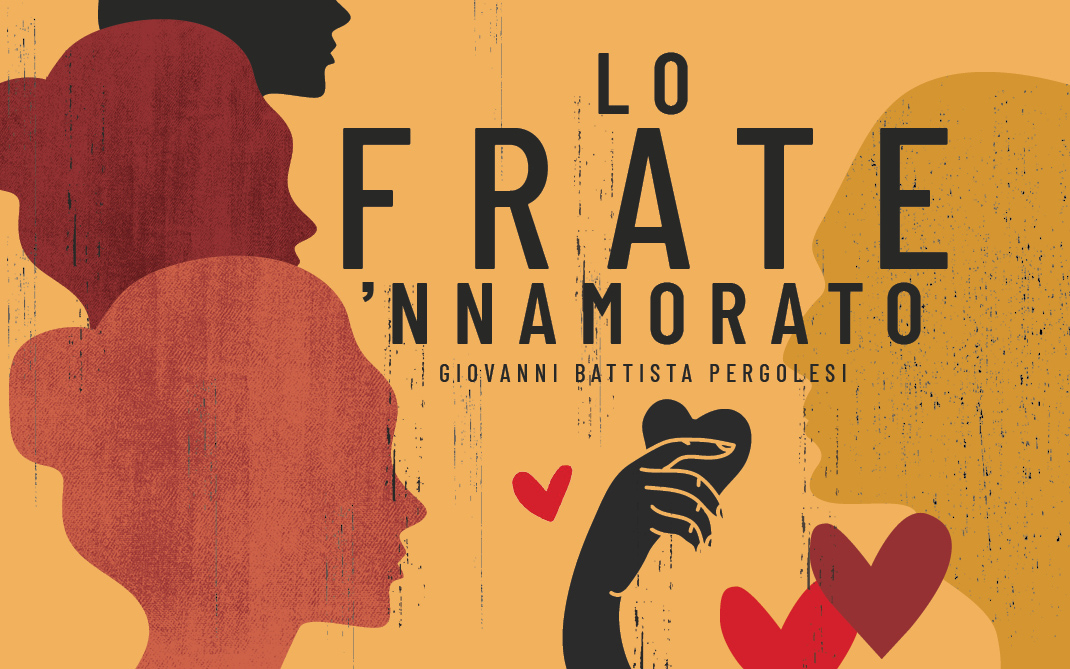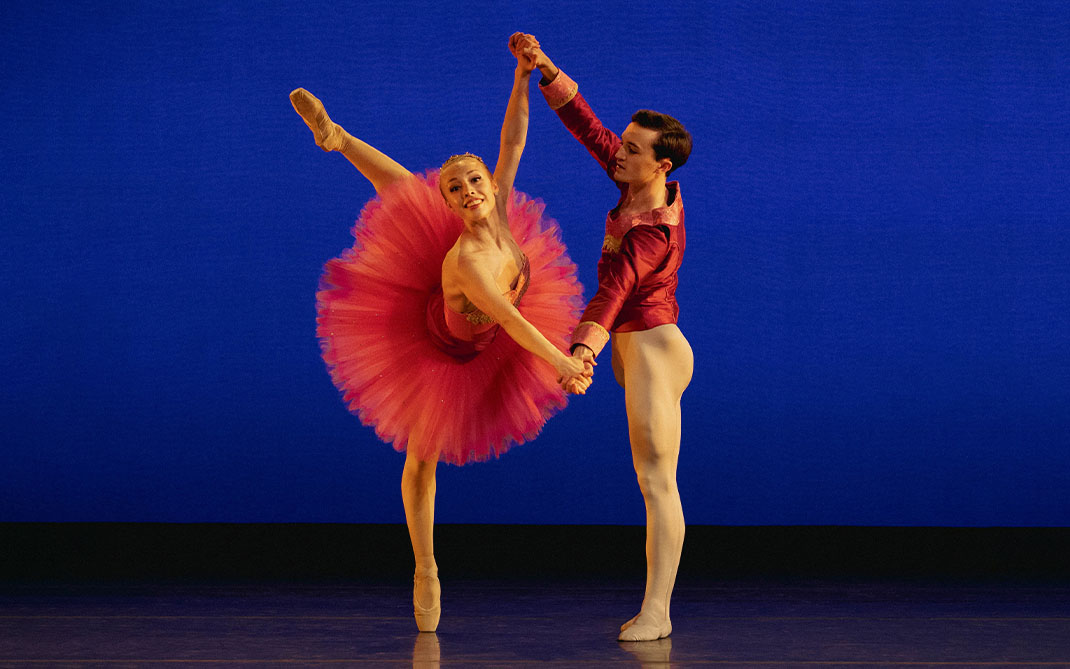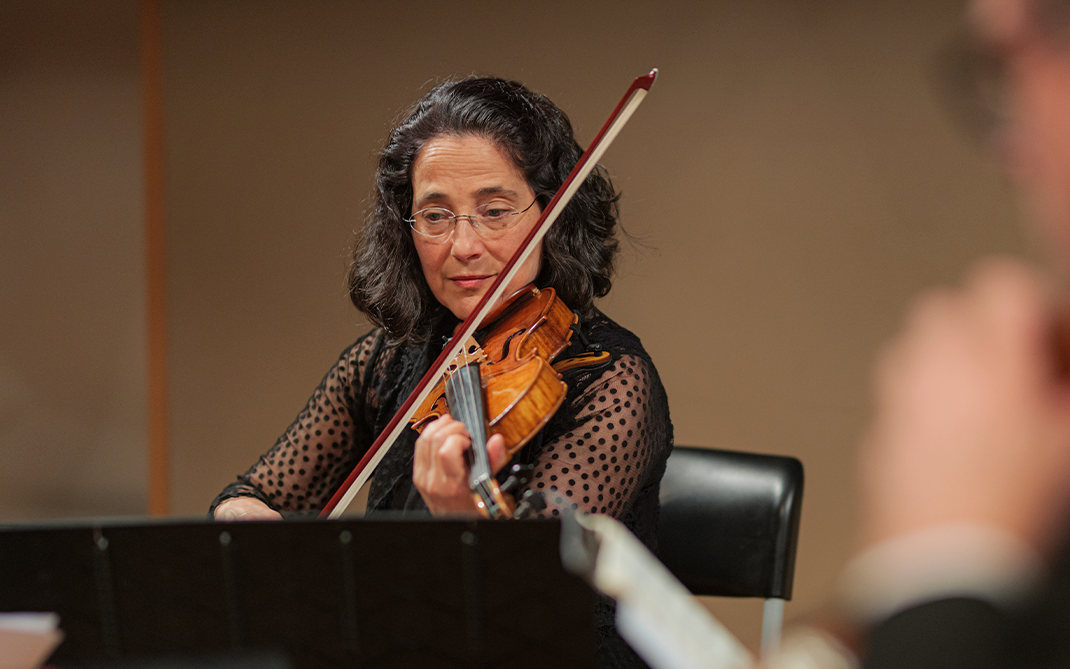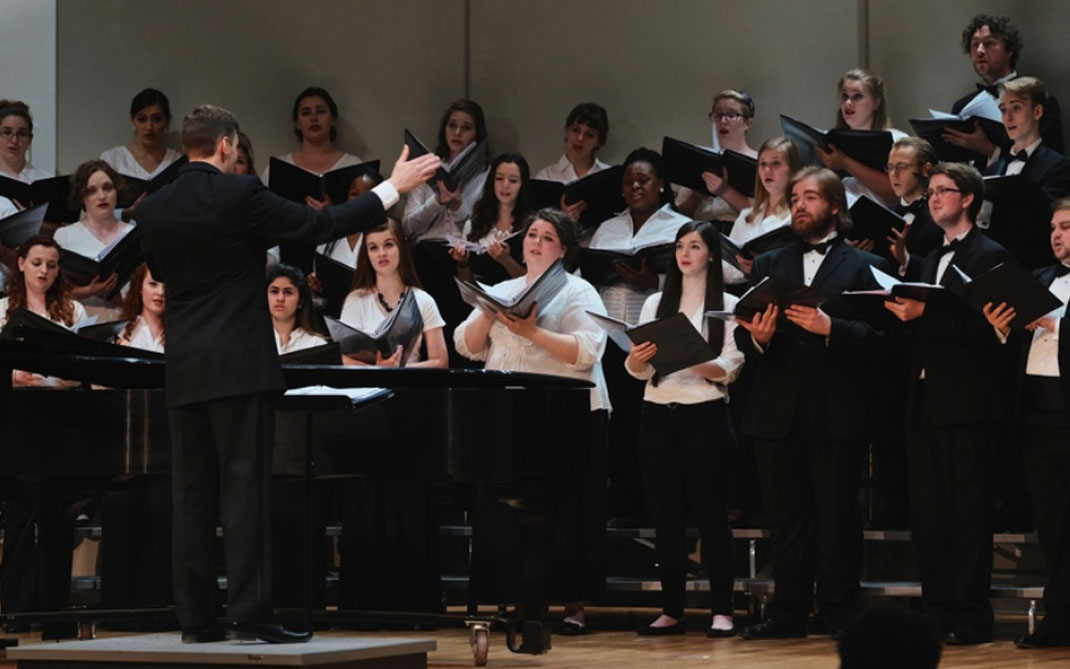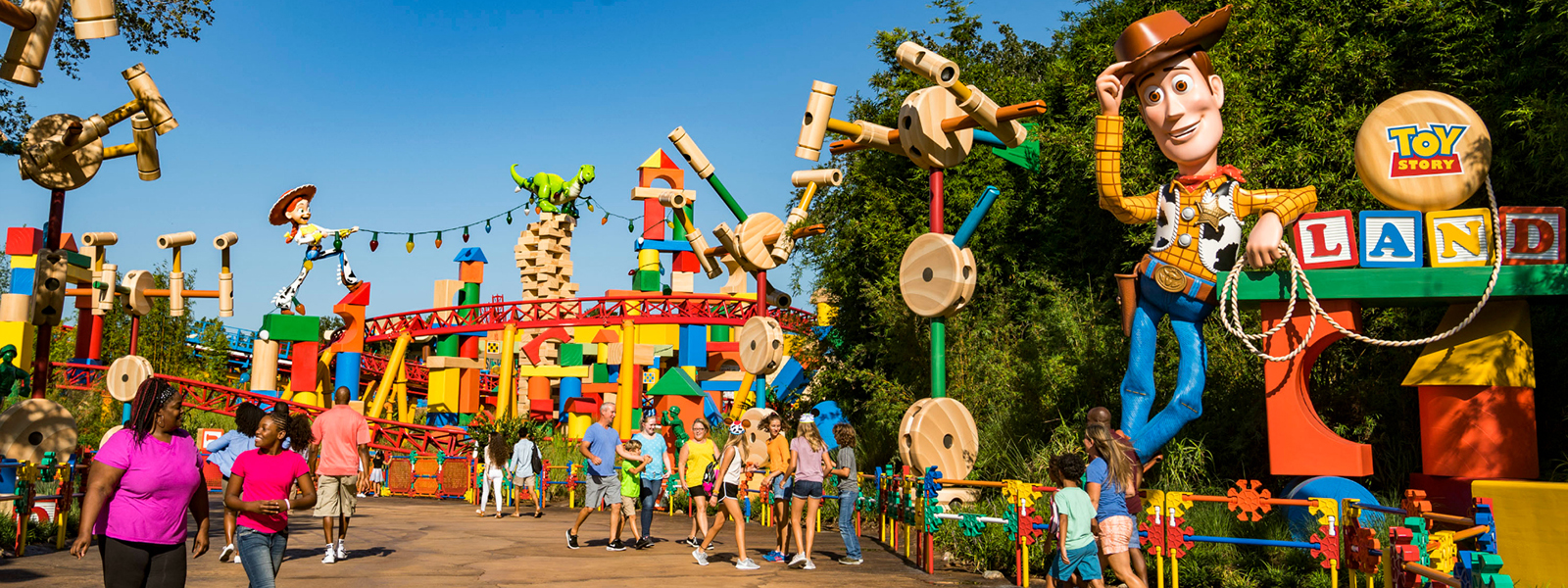The future of entertainment design: Trends to watch in 2019
Staying on top of trends in entertainment design is what the School of Design of Production (D&P) at UNCSA is known for. We sat down with Dean Michael Kelley to talk through what’s new and how D&P is preparing students to be the leaders in the entertainment industry.
Experiential entertainment
Over the past several years, experiential entertainment has increased in popularity and Kelley says it’s here to stay. “We don’t just see this as a trend five years down the road, this is the future of entertainment.” Encompassing everything from Devised Theater to escape rooms and interactive exhibits, experiential entertainment has been one of the fastest growing facets of the themed entertainment design industry.
“With the advent of advanced technology, audiences can become exhausted with staying stationary.” Kelley explains that experiential entertainment engages all of your senses and you feel you are a part of what is happening around you, as opposed to simply sitting and passively observing a performance. Essentially, experiential entertainment closes the distance between the stage and the seats, lifting the fourth wall so that you as an audience member can interact with a prop, choose your own adventure or even have a one-on-one connection with an actor.
What themed entertainment industry leaders have noticed is that their audiences are searching for connectedness in a world that can sometimes feel alienating. “Part of what is driving group activities like escape rooms is that people don’t want to be isolated,” says Kelley, “they want to be part of a group as they accomplish things or have a shared experience.”
With the addition of the Devised Theater curriculum at the School of Drama and productions such as the upcoming “Still Life with Rocket,” Kelley says that D&P students are getting directly applicable experience to the future of theatre and entertainment.

In D&P, theatre is the tool that is used to teach skills that are applicable across the entertainment industry says Dean Michael Kelley.
Reconnecting through nostalgia
Much like the cultural resurgence of technology that gives immediate gratification (examples include pinball machines, vinyl record players and Polaroid cameras), another reason audiences crave experiential entertainment is that it often allows them to be hands-on and fulfill a desire to reconnect with the world through physical surroundings.
Video arcades are an example of entertainment that cultivates community and connectedness. “When you are playing a game alone on a computer or a cell phone, you are by nature isolating yourself… but when you are at an arcade surrounded by friends and other players, you are sharing in that moment.” The rise in popularity of arcade bars—bars that have arcade games—is an example of this.
Kelley noted that these experiences are popular across generations. Generation X and older Millennials who remember the time before smart phones and social media have a desire to connect with that feeling again.
Incoming Generation Z, the most technologically advanced generation ever, is also intrigued by older technology that can foster more connection with peers, as well as experiences. “People, no matter what age, don’t want to feel alone,” says Kelley. “Computers and technology can bring really rich experiences like virtual reality, but sometimes the people who spend the majority their time on computers can end up feeling isolated.”
Storytelling in entertainment design
As entertainment continues to evolve, the need for good storytellers is not necessarily a trend, but a definite necessity, according to Kelley. “Storytelling is at the heart of everything we do in D&P. We drive home what a story is, from clothing to sets that make sense to the absolutely correct prop.” Faculty members in D&P stress the importance of storytelling in every project and urge the students to think about the who, what, when, where, why and most importantly the how for every design decision.
Storytelling is at the heart of everything we do in D&P. We drive home what a story is, from clothing to sets that make sense to the absolutely correct prop.
Michael Kelley
Kelley gives the example of “Sleep No More,” an immersive, site-specific telling of Shakespeare’s “Macbeth,” set in a 1930’s hotel, to describe the importance of accurate storytelling. “If you put the wrong prop in ‘Sleep No More,’ it’s going to be pointed out and you’re going to confuse the audience immediately. You have to have the right book, the right pamphlet, the right everything. There is no margin for error.” D&P students are taught the right way of breaking down a script to understand it fully and are given the right tools to creatively come up with the backstory for every character and set.

Stage Properties alumnus Kevin Coon works all year on developing Universal Studios' annual Halloween Horror Nights, one of their most popular experiential entertainment attractions.
With the increase in demand for experiential entertainment, UNCSA has responded with the addition of programs and curriculum that will not only keep up with the needs of the industry, but train leaders for success in the field. “Our upcoming animatronics program will add another layer of interaction that allows the creativity and fantasy of storytelling to come to life,” Kelley adds.
Many alumni are already working in experiential and themed entertainment design, including theme park events, escape room designers and interactive museums. “D&P is not just a theatre school, but theatre is the tool that we use to teach skills that are applicable across the entire entertainment industry.”
February 03, 2019

